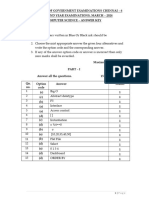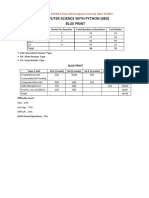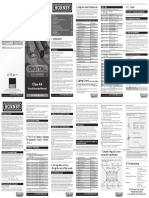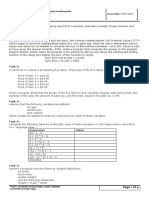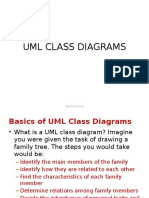0% found this document useful (0 votes)
12 views3 pagesModule 2 Question Bank
This document is a question bank for Module 2 of the Introduction to Python Programming course, focusing on lists, dictionaries, and data structuring. It includes various questions related to Python methods, programming tasks, and concepts such as negative indexing, mutable vs immutable types, and dictionary methods. Each question is categorized by its learning outcome, cognitive level, and marks allocation.
Uploaded by
brobruhh86Copyright
© © All Rights Reserved
We take content rights seriously. If you suspect this is your content, claim it here.
Available Formats
Download as PDF, TXT or read online on Scribd
0% found this document useful (0 votes)
12 views3 pagesModule 2 Question Bank
This document is a question bank for Module 2 of the Introduction to Python Programming course, focusing on lists, dictionaries, and data structuring. It includes various questions related to Python methods, programming tasks, and concepts such as negative indexing, mutable vs immutable types, and dictionary methods. Each question is categorized by its learning outcome, cognitive level, and marks allocation.
Uploaded by
brobruhh86Copyright
© © All Rights Reserved
We take content rights seriously. If you suspect this is your content, claim it here.
Available Formats
Download as PDF, TXT or read online on Scribd
/ 3





































